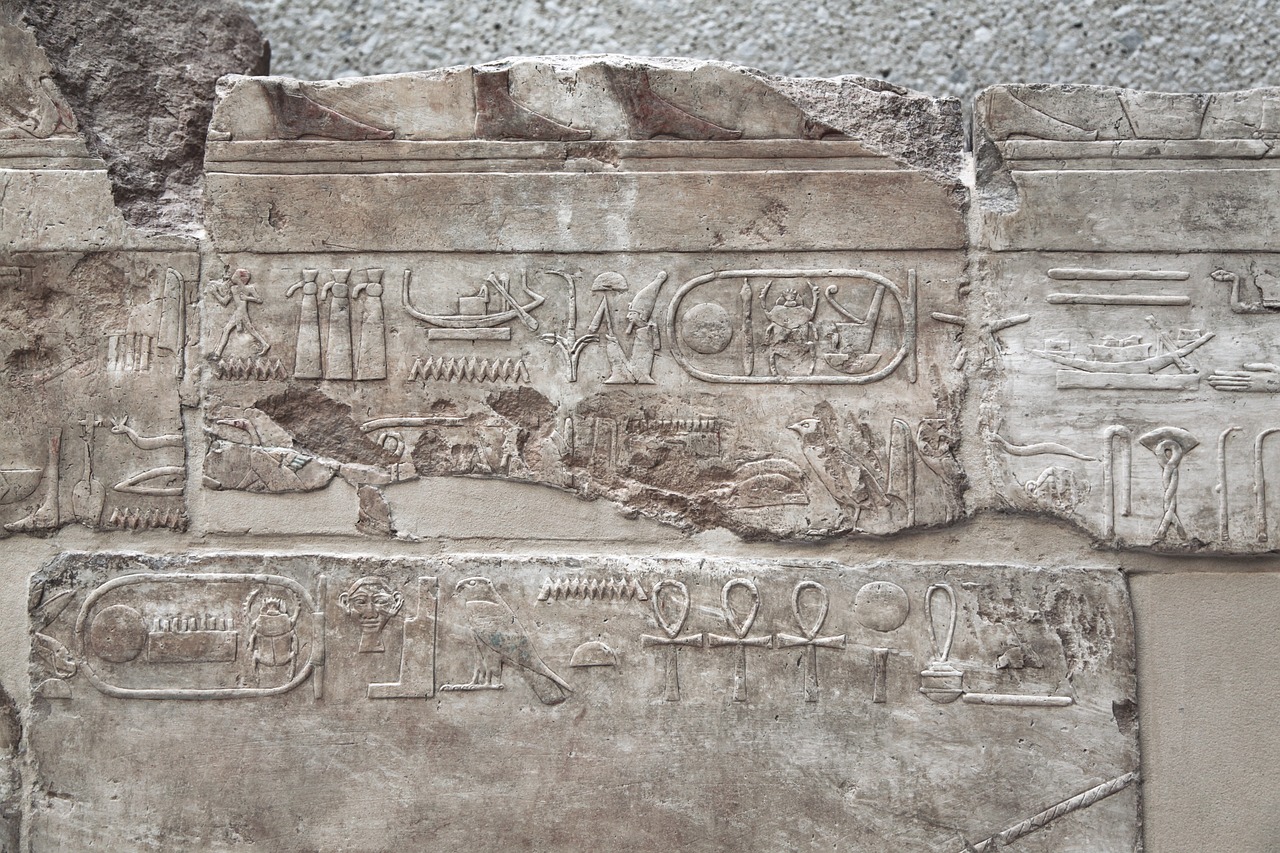Ancient Egyptian Religion: An Overview
Ancient Egyptian religion was a complex and multifaceted belief system that evolved from the early predynastic period (around 4000 BCE) until the gradual decline of traditional practices in the early centuries CE. This religious framework is deeply intertwined with the history and culture of ancient Egypt, especially after the emergence of the Egyptian state around 3000 BCE.
Nature and Significance
The religious practices and beliefs of the ancient Egyptians were integral to their societal structure. While elements from prehistoric times may have persisted, they played a less significant role in shaping the elaborate religious systems that developed thereafter. As Egyptian civilization progressed, distinct patterns emerged in religious focus, yet a consistent character and style remained evident throughout its lengthy history.
Religion in ancient Egypt encompassed more than mere devotion to a pantheon of gods; it involved a complex web of interactions with the deceased, magical practices, and divination, utilizing divine forces to facilitate contact with the supernatural. The two primary focal points of public worship were the king and the deities, embodying essential aspects of Egyptian culture. The Pharaoh held a pivotal position between mortals and gods, actively engaging in the divine realm while constructing grand funerary monuments to secure his afterlife.
Pantheon of Gods
The ancient Egyptian pantheon featured a remarkable array of gods, often depicted in various forms, including hybrid representations with animal heads on human bodies. Among the deities, the sun god—whose names and aspects varied—was key, symbolizing the cycle of day and night alongside many associated divine beings. Osiris, the god of death and ruler of the underworld, along with his wife Isis, gained significant prominence during the first millennium BCE, particularly when solar worship began to wane.
Cosmic Understanding
The Egyptians perceived the universe as a harmonious interplay between the divine, the terrestrial world—centered in Egypt—and a chaotic realm that threatened to disrupt order. It was the king’s responsibility to safeguard divine favor in maintaining this balance against chaos. This somewhat bleak worldview, driven primarily by the sun god’s influence and the solar cycle, fortified the authority of the king and the ruling class in their efforts to uphold societal order.
Despite this overarching perspective, the public depictions of the universe in temples and monuments often conveyed an optimistic view, showcasing a harmonious relationship between the king and the divine. This duality underscored the precarious nature of order, as the specified regulations governing what could be represented in art reflected a larger system of decorum that shaped religious expression.
Legacy and Decline
The preserved beliefs and rituals of ancient Egyptian religion were chiefly documented through elaborate monuments and texts commissioned by the ruling elite. Unfortunately, the views and practices of ordinary people remain largely obscure. While it is likely that elites did not entirely deviate from popular beliefs, potential disparities cannot be entirely dismissed.
In summary, ancient Egyptian religion presents a rich tapestry of beliefs that shaped civilization over millennia. As the society evolved, so did its religious constructs, reflecting the complex relationship between governance, cosmic order, and spiritual practice.



